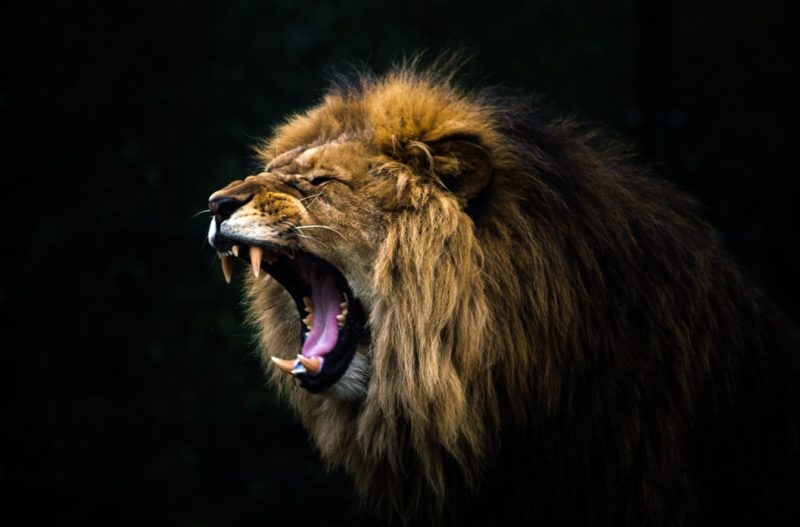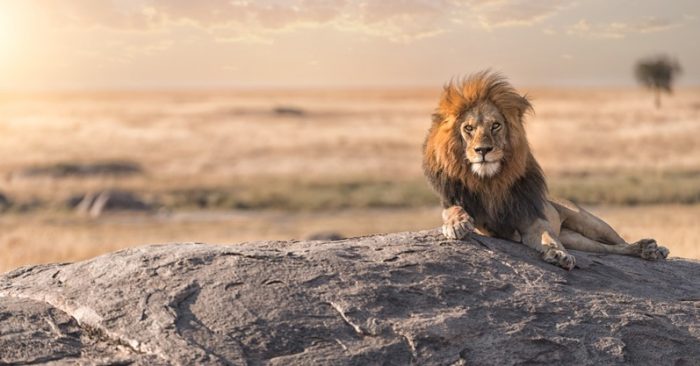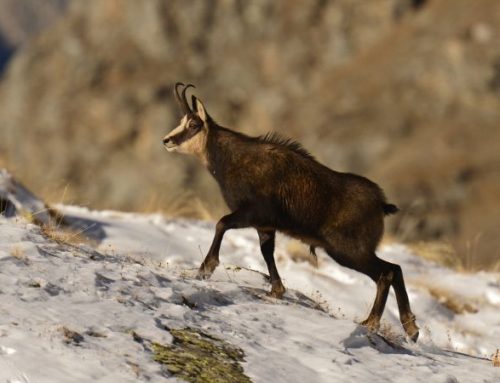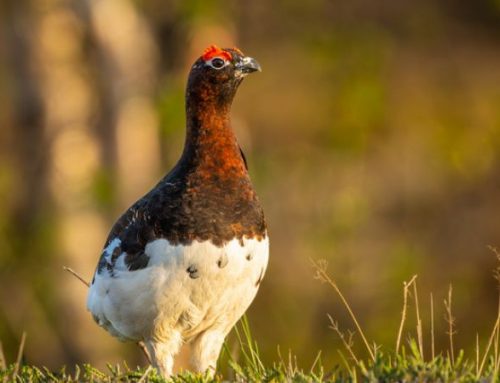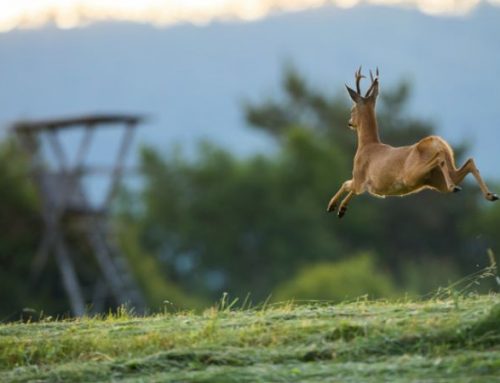For centuries, the image of the lion has been synonymous with power, nobility, and courage, yet few remember that these magnificent creatures once roamed freely across Europe, including Italy.
Long before they were confined to the African savannas and the forests of India, lions were a natural part of the European landscape. They prowled the open plains of Greece, the rugged mountains of the Balkans, and even the ancient forests of Italy. The story of their existence—and eventual disappearance—is intertwined with human history, hunting traditions, and the rise and fall of civilizations.
Among the many ways humans have engaged with lions, few are as dramatic and perilous as the hunt with dogs. A practice steeped in history, it was once a hallmark of bravery and skill, reserved for warriors, kings, and noble hunters. From the grand hunting parties of ancient Greece to the colonial expeditions of Africa, the tradition of tracking and confronting lions with the aid of dogs shaped the way humans interacted with these powerful predators.
The Ancient Lion Hunters and Their Dogs
Since time immemorial, the lion has been considered the ultimate quarry, a beast that tested the courage and skill of those who dared to challenge it. In many civilizations, the hunt for lions was not just a practical act of protecting livestock or controlling populations—it was a rite of passage, a demonstration of dominance over nature, and a statement of power.
In ancient Mesopotamia, Assyrian kings celebrated their strength through lion hunts, as seen in the famous reliefs of Nineveh, where monarchs are depicted slaying lions from chariots. The Egyptians, too, revered the lion hunt, with pharaohs like Amenhotep III boasting of having slain over a hundred lions in his lifetime. While records do not always specify the use of dogs, it is likely that hunting hounds played a role in tracking and cornering the beasts.
In the classical world, the Greeks and Romans took lion hunting to new levels, refining techniques that involved large hounds bred for strength, speed, and fearlessness. In Northern Greece, Thrace, and Macedonia, lions still roamed in the wild during the time of Herodotus, and they were known to prey on livestock and even travelers. Warriors and hunters pursued them not just for safety but for the glory of conquering a creature that symbolized ferocity and indomitable will.
Greek hunting traditions often employed Molossian hounds, a breed famous for its resilience and aggression, used in warfare and lion hunting alike. These powerful dogs would track the lion, chase it into a confined area, and distract it long enough for the hunter to make his move. Unlike today’s big-game hunts, where firearms ensure a safe distance, these ancient encounters were raw, dangerous, and deeply personal, relying on spears, bows, and sheer courage.
The Romans took lion hunting a step further, incorporating it into gladiatorial spectacles. Exotic beasts were brought into the empire from far and wide, but some lions were still captured in the wilds of Europe before their extinction. The elite occasionally organized hunting events in their private estates, using specially trained dogs to track and weaken the lion before the final confrontation.
The Disappearance of Lions from Europe
The idea of lions stalking the forests of Italy or prowling the valleys of Greece seems unthinkable today, but for millennia, they were as much a part of the European ecosystem as deer, wolves, or wild boars. The first lions to roam Europe were the Eurasian cave lions (Panthera spelaea), which were widespread across the continent during the Pleistocene epoch, appearing in ancient cave paintings from France to Russia.
By the time human civilization advanced, the lions that remained were closely related to today’s Asiatic lion, which still survives in a small population in India’s Gir Forest. These lions were once common across Southern Europe, the Balkans, Anatolia, and the Middle East. They flourished in the open landscapes that stretched from Greece to Italy, finding plentiful prey in wild deer, ibex, and even domesticated livestock.
But as human populations expanded, so did their conflicts with these great predators. Settlements grew, farmlands spread, and the natural spaces that lions once ruled began to shrink. The arrival of advanced weapons and organized hunting meant that fewer and fewer lions survived.
By the time of the Roman Empire, lions had largely disappeared from Western Europe. The last recorded wild lions in Greece likely vanished around 100 CE, hunted relentlessly by the expanding civilization that saw them as both a threat and a prize. Some historians believe that small populations may have lingered in Italy and parts of the Balkans, but they, too, faded into history.
One of the greatest factors in their decline was the gladiatorial games. As Rome’s demand for exotic animals grew, thousands of lions were captured from across the empire and shipped to arenas, where they were forced into brutal combat against gladiators, prisoners, and other wild beasts. Their systematic capture and slaughter accelerated their extinction in regions where they had once thrived.
A Tradition That Survived Elsewhere: Hunting Lions with Dogs in Africa
While lions vanished from Europe, the tradition of hunting them with dogs continued, particularly in Africa. European colonists and explorers in the 19th and early 20th centuries, especially in British and Dutch territories, adopted the use of dogs to track lions through the vast savannas.
The famous Rhodesian Ridgeback, originally bred in Southern Africa, was developed for this very purpose. These dogs were not meant to attack lions directly but were trained to track, chase, and hold a lion at bay until the hunters could approach. This technique was similar to those used by the Greeks and Romans centuries before, demonstrating the lasting effectiveness of using well-trained hounds in lion hunting.
African hunters, including the Maasai and other indigenous groups, had their own sophisticated methods of tracking and hunting lions, often as a test of manhood and bravery. These hunts were conducted with spears, and the role of dogs was sometimes incorporated into traditional hunting rituals.
The Legacy of Europe’s Lost Lions
Today, lions are considered an African icon, but the remnants of their time in Europe still linger in our culture. They appear in heraldry, mythology, and literature, symbols of power and nobility long after their physical presence faded from the continent. Statues of lions guard the palaces of Florence, the fountains of Rome, and the gates of London, echoes of a time when these creatures were not just symbols but living, breathing rulers of the land.
Though no longer found in the wilds of Italy or Greece, the memory of Europe’s lost lions and the fearless dogs that once pursued them lives on in history. Their story is one of conquest, survival, and extinction, a reminder of how closely our fate has always been tied to the animals we have revered, hunted, and ultimately, lost.
FAQ – Hunting Lions with Dogs in Europe
Curated by Montefeltro, for those who cherish the deep bond between man, dog, and game
1. Is it true that lions were once hunted in Europe?
Yes, remarkably so. The European lion (Panthera leo europaea) once roamed parts of Greece, the Balkans, and central-southern Italy. Ancient texts — from Herodotus to Xenophon — describe these big cats inhabiting steppes and forested hills. Over time, due to habitat destruction and human expansion, these lions disappeared. But for centuries, they were considered a noble quarry, hunted in ceremonial fashion with dogs and great reverence.
2. How was lion hunting with dogs practiced in ancient times?
It was a ritual hunt, reserved for kings, warriors, and noblemen. The dogs’ role wasn’t to kill but to find, chase, and hold the lion at bay through coordinated, controlled movements. These dogs were incredibly well-trained and fearless, giving the hunter a chance to approach and strike the lion with spear, sword, or bow — a feat requiring experience, courage, and immense respect for the animal.
3. What kind of dogs were used to hunt lions in Europe?
During antiquity, hunters used Molossian dogs from Greece and Macedonia — the ancestors of today’s mastiffs — large, powerful animals with strong jaws and loyal temperaments. Later in medieval times, hounds and pointers were used for large game. In colonial Africa, the Rhodesian Ridgeback was developed precisely for lion hunting, prized for its endurance, speed, and instinctive caution.
4. Why is lion hunting with dogs historically significant?
It wasn’t just a physical challenge — it was a rite of passage, a symbol of mastery over nature, and a testament to the unbreakable alliance between man and dog. Facing a lion meant proving one’s worth and placing complete trust in your canine companions. Today, this ancient practice survives in stories and symbols — a lasting tribute to a time when hunting was deeply spiritual and honorable.
5. Did lion hunting with dogs continue into modern times?
Yes, though it moved to Africa. With European colonization in Southern Africa and Rhodesia, lion hunting persisted under strict regulation. Dogs continued to play a key role, especially the Rhodesian Ridgeback. Today, lion hunting is heavily controlled and subject to conservation rules and ethical oversight. In Europe, such hunting has ceased, leaving only its memory and legacy behind.
6. What makes the Rhodesian Ridgeback special in lion hunting?
The Rhodesian Ridgeback was bred from native African dogs crossed with European breeds, resulting in a uniquely resilient hound known for the ridge of hair running along its spine. These dogs would locate lions, distract and circle them, creating space and time for the hunter to intervene. Agile, smart, and fiercely determined, Ridgebacks became iconic lion dogs — respected even today for their incredible capabilities.
7. Is hunting big predators with dogs still legal in Europe?
No. Today, hunting predators like wolves, bears, or any endangered species with dogs is strictly prohibited in Europe. Modern laws emphasize conservation and animal welfare. However, the tradition of training hunting dogs continues, especially for wild boar, deer, and hare. The legacy of those older practices lives on in training methods and the genetic instincts of certain breeds.
8. What remains of this ancient lion hunting tradition today?
What remains is the legend, the history, and the cultural artifacts — ancient writings, Roman mosaics, hunting literature. The dogs still exist, their instincts alive, shaped by centuries of selection. And for those who hunt today, the story of lion hunting with dogs serves as a bridge to the past, reminding us that hunting, at its best, is about connection — to the land, to the animals, and to tradition.
9. Why does Montefeltro share this story about lion hunting in Europe?
Because we believe that heritage matters. In a world racing forward, looking back helps us move with intention. Sharing stories like these helps preserve the ethical spirit of hunting and honors the sacred bond between hunter and dog. Montefeltro isn’t just about organizing hunts — we’re about honoring the deep roots of the pursuit itself.
10. Where can I learn more about lion hunting history?
We recommend reading classical sources like Herodotus, Xenophon, or modern texts on the history of hunting. You can also explore the Hunting Culture section on montefeltro.com and subscribe to our newsletter for exclusive stories, insights, and updates about hunting traditions, dogs, and destinations.

